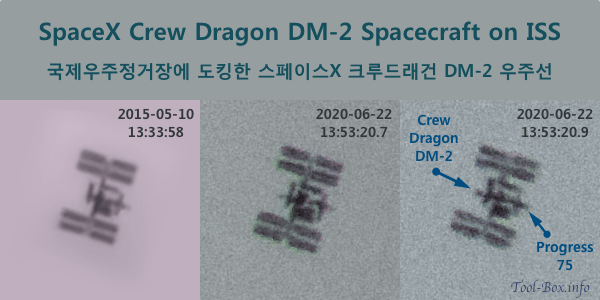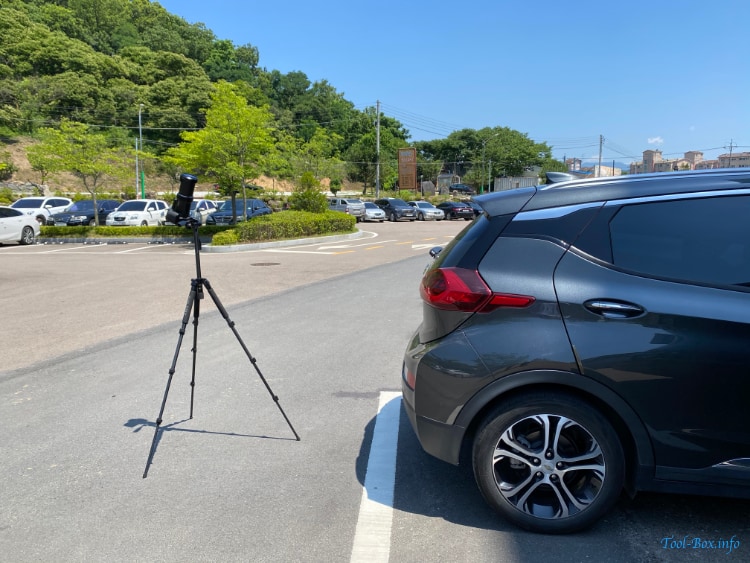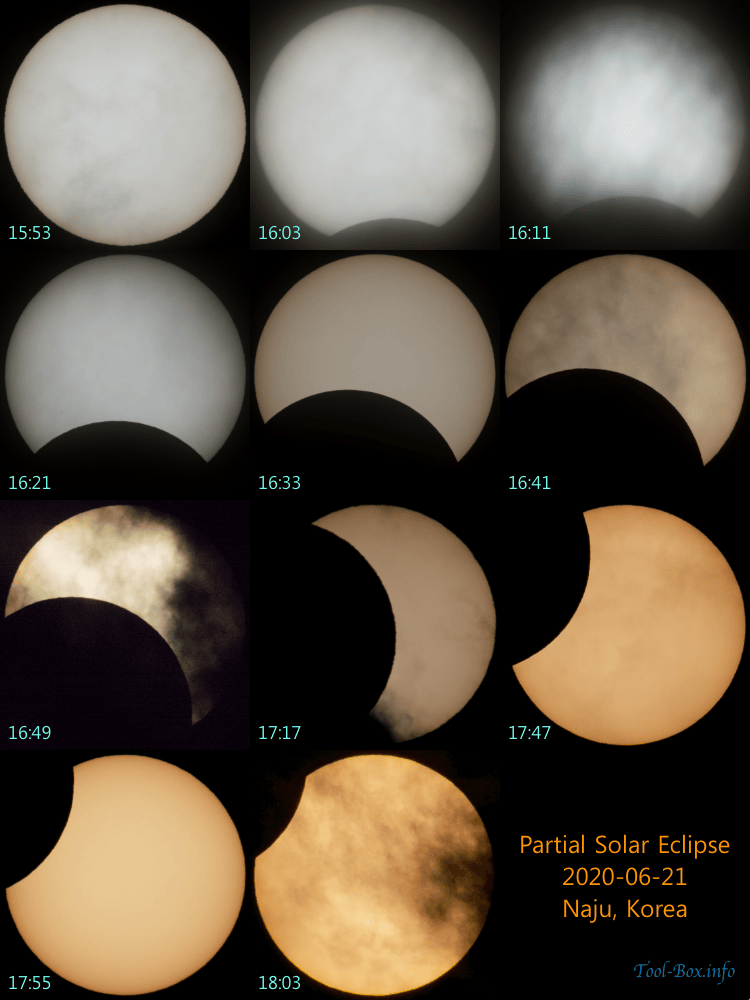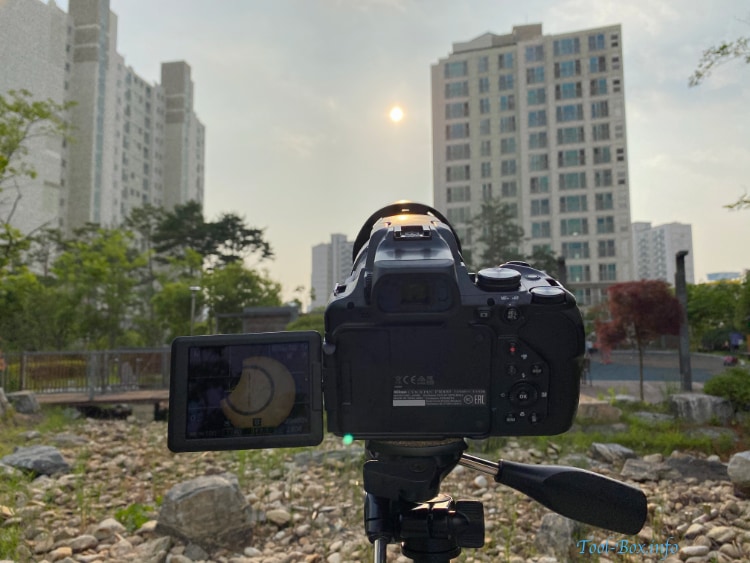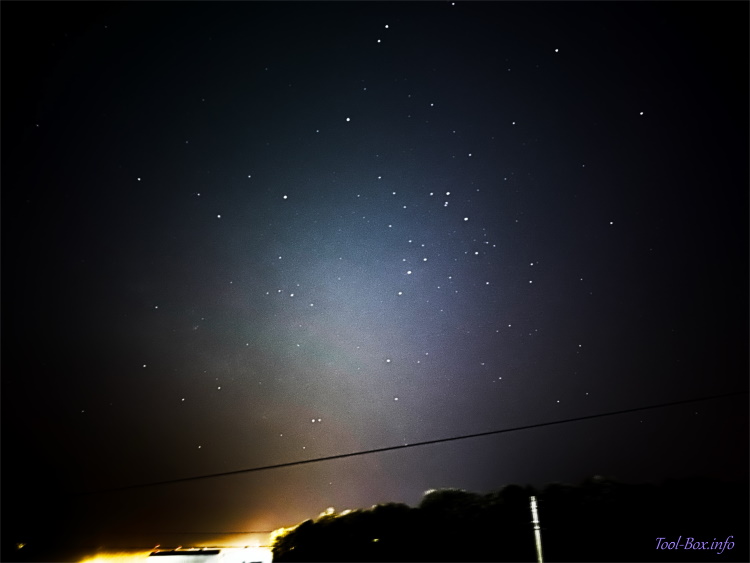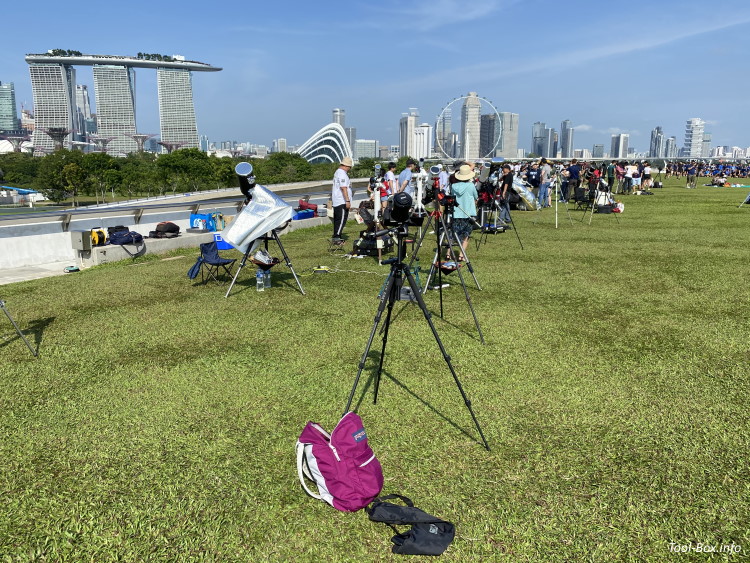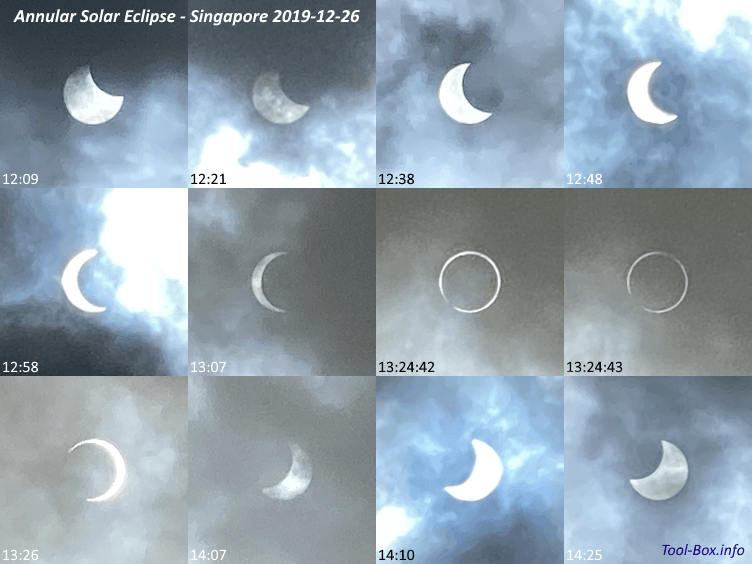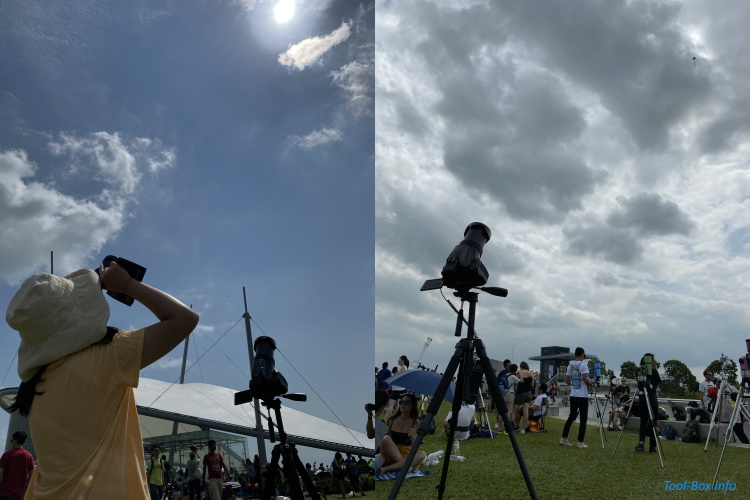Saturn in the summer sky
Posted by Wesley on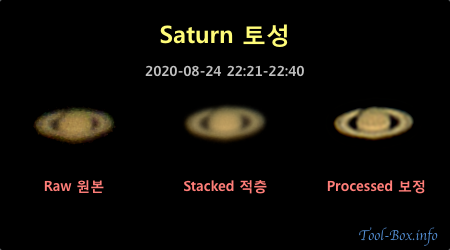
This summer, Saturn is easily found near the bright Jupiter in the southern night sky. It's been nearly two years since I took a good look at it, so I took out my P1000 and shot some photos of it. It's amazing how well the rings come out with this superzoom camera after some post-processing.
Device: Nikon P1000
Settings: 3000mm - ISO 100 - 1/25s - f/8
Filters: None
Time: 2020-08-24 22:21-22:40 KST
Location: Naju, Korea
20 photos processed with RegiStax 6.1.0.8 and Pixelmator Pro 1.7.1
